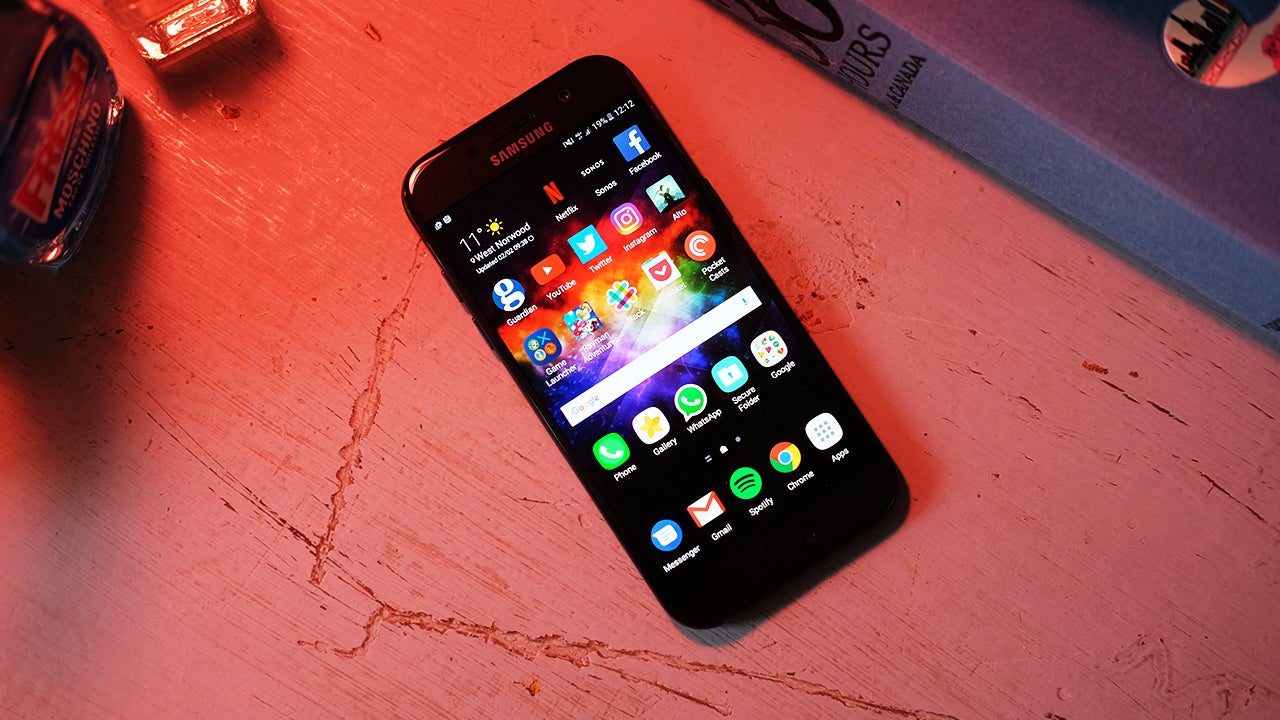Airplay is a wireless streaming system created and owned by Apple. It works by sending wireless audio over your home WiFi network. This is the same WiFi that connects all your household gadgets, from Apple TVs to Airplay-enabled speaker systems. No sound quality is lost in transit, so when you select a song in Apple Music or an app, and select an Airplay speaker, you’ll hear it with the same resolution as the source recording.
The downside is that, like most Apple technologies, Airplay only works with Apple products for playing music. This is fine if you’ve got an iPhone and don’t plan on switching to Android any time soon, but those with gadgets made by other manufacturers won’t be able to make the most of Apple’s exclusive streaming technology.
Another limitation of Airplay is that, unlike Bluetooth, it relies on a WiFi connection. If you’ve got super speedy, ultra reliable home broadband then this shouldn’t matter; however, it becomes a problem if your WiFi regularly suffers from slow speeds and connectivity problems. It also means you cannot wander away from your WiFi area, and expect the music to keep playing.
No Apple device? PC/Android users may see devices on their home WiFi labelled ‘DLNA’ speakers. This is the same kind of process and system as Airplay, and has all the same advantages and disadvantages. Televisions often support this type of playback.
Spotify is the world’s go-to streaming service, and it’s easy to see why. There’s a huge choice of new and old music, curated and personalised playlists and a million.
Since Pandora first launched music streaming 15 years ago, the music streaming category of mobile apps has become crowded with over a dozen popular alternatives today, many of which are undergoing rapid revisions. For example, Spotify releases a new version of its mobile app every two weeks. As a result, deciding on which music service to choose has become often difficult. In fact, a simple Google search for “Pandora vs. Spotify” today churns out over 4 million search results, which attempted direct comparisons of leading music streaming services along a multitude of dimensions, such as song selections, features, user experience, and business model.
Since battery drain is an important factor that affects user experience, we carried out a head-to-head comparison of the battery drain rate of 3 leading streaming music apps.
To isolate the impact of other apps running on the devices, we tested the battery draining rate of the recent versions of Pandora, Spotify and Google Play Music in the lab.
Our methodology for the test consists of three steps. In step 1, we measured the battery life in playing music in foreground and background, respectively. We uninstalled all the other third party apps from a Nexus 6 phone so that no other background task was running. We then put each of the three music apps in the streaming music mode to play music from a pre-selected music categories, under WiFi (see sidebar for details). We measured how long it takes to drain the entire battery for each app. The results are shown in the following graphs.
- A music player should not be impacting device battery life like this. Edit Oct 11 2016: Adding a screenshot since this doesn't seem to be getting any traction with Spotify. I unplugged 4 hours ago and my battery is at 13%.
- The Best Online Music Streaming Services for 2020. If you're looking for the perfect soundtrack for powering a workout, punching up a party, or just surviving the workday, these 10 top streaming.
In Step 2, we measured how much time real users spend playing music in foreground and in the background using their smartphones. The analytics from Eagle of 15,000 Android users who has installed at least one of the three music apps above shows that 83% of the total music app usage is spent on playing music in the background. On average, users spend 10 minutes playing music in foreground and 49 minutes playing music in background per day.

Finally in Step 3, we calculated the expected battery life in playing music under typical user behavior, as the weighted average battery life of the above measured battery life when playing music in foreground and in background, weighted by the percentage foreground (17%) and background (83%) playing time measured on the 15,000 Android phones.
The results, shown above, show that Google Play Music drains over 2X less battery compared to Spotify, and Pandora drains 70% less battery than Spotify. In other words, for a music fan who spends a lot of time playing music on her smartphone, switching from Spotify to Google Play Music can extend the battery life and hence listening time by 2X!
Battery Life Spotify Vs Apple Music
We plan to benchmark the battery performance of other streaming music apps and we also welcome streaming music app vendors to repeat these experiments on different handsets following the above simple methodology.